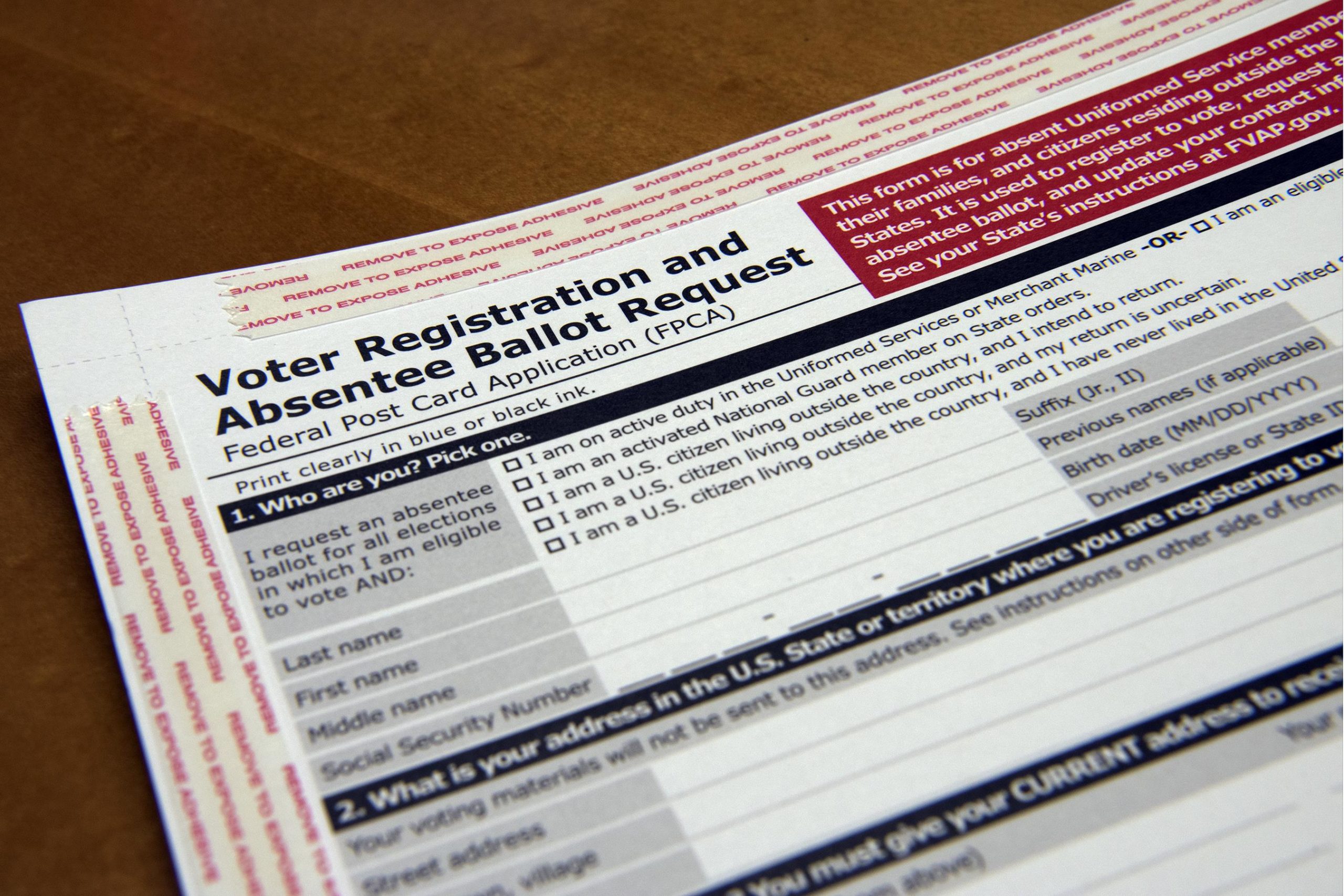Advantages of Instant Runoff Voting
Americans should be strong supporters of the Instant Runoff system (also called Ranked Choice Voting). For states that currently have runoffs, it can eliminate the need for voters to return to the polls almost two months later for a runoff, saving time and money.
A runoff is where two rounds of voting are used to assemble a majority vote. The voter selects their main candidate PLUS a secondary candidate of their preference.
Runoffs tend to encourage more ideas, civil campaigns and representative results because candidates know launching vicious attacks makes it hard to get to 50% + 1. I believe it’s a nuanced idea that can yield a powerful impact.
Natural Conservative Concern
Some may look on the concept with trepidation. It represents something new and change can be difficult. In 2018, Jared Golden became the first member of Congress elected by Ranked Choice Voting in the Second Congressional District of Maine. Yet, it wasn’t that simple. If the election were held using the common mode of election used in the other 434 districts, Golden would have lost. He trailed incumbent Bruce Poliquin by roughly 2,000 first choice votes before the ranked choice votes took effect. While the people of Maine were largely pleased with the process that yielded Golden, many conservatives are now more concerned about the process.
How Instant Runoff Helps the Republican Vote
Actually, the absence of instant runoffs has often aided the Left in taking conservative seats. Democrats who realize they cannot get 50% in a given race fund an extra pro-life or libertarian candidate to split the Republican vote.
For example, the 19th Middlesex District was one of the rare districts in Massachusetts where Donald Trump not only defeated Hillary Clinton but reached 51%. In fact, during the 2010 election when Democrats lost the US Senate seat, Scott Brown took 61% of the district. During the 2018 election, Democrats realized their candidate, David Allen Robertson, would be unlikely to get more than a point or two better than their Senate candidate Martha Coakley (47.1% statewide in 2010 against Scott Brown) or Hillary Clinton. They then determined that the only way to win was to recruit a pro-life candidate, Patricia Meuse, to divide the Republican vote. The 51% of the GOP vote was split between Pinzivalli (43%) and Meuse (8%), which let Robertson take the election despite having virtually the same percentage (48%) that Clinton and Coakley received in the district. Thus, Democrats learned to split the conservative vote in order to win the seat in 2018.
Even more often, a Democrat wins by siphoning votes away from GOP candidates via libertarian candidates in a U.S. Senate race. This is the only reason Harry Reid was elected in Nevada in 1998. In fact, using an instant runoff system, the following outcomes in U.S. Senate races also would have likely been different in favor of Republicans: Washington (2000), South Dakota (2002), Montana (2006), Oregon (2008), Alaska (2008), Montana (2012), Virginia (2014), Nevada (2016) and New Hampshire (2016). In all the cases above, a Republican would almost certainly have been elected if voters were allowed to list their second choice in an instant runoff system.
We believe instant runoffs are the right course of action for our constitutional Republic. This move would also boost the conservative agenda.
How Do We Introduce Voters to Instant Runoff?
There is a way to ease voters into the complexities of the Instant Runoff System: the Double-Check instant runoff. Double-check instant runoffs allow for all the benefits of Ranked Choice Voting but bring simplicity to the system. Voters will only need to list a second choice on the ballot, making them familiar with a new manner selecting candidates.
EXAMPLE:
Let’s take the Pennsylvania vote for President in 2016, with the four options:
- No Runoff: The state does not use runoffs so Trump’s 48.2% defeated Clinton’s 47.5%, Libertarian Gary Johnson’s 2.4%, Green Party Candidate Jill Stein’s 0.8% and Darrell Castle’s 0.3%.
- Traditional Runoff: All voters need to come back 7 weeks later to vote again with Clinton and Trump being their only options.
- Ranked Choice: voting would require that voters list all these candidates in order, so most would need to decide if Gary Johnson, Jill Stein or Darrell Castle was their second choice, THEN who was their third choice, THEN who was their fourth choice. They system accomplishes a good goal by making someone get to 50% + 1, but the counting could hurt confidence because first you need to drop Castle and divide up his votes in a “second ballot” then drop Stein and divide her votes in the “third ballot” and finally drop Johnson and divide up his votes in a “fourth ballot.”
- Double-check. Under our proposal, voters would still select their top choice, but they have the option of picking a second choice. The votes originally delegated to Johnson, Castle or Stein would revert to the secondary choice of the voter (in this case Trump or Clinton). If we assume Castle and Johnson voters select Trump as a secondary and Stein voters select Clinton, this projects Trump to win the state 51% to 49% with a majority, opposed to 48.2% to 47.5% under the traditional model.
Ten states have runoffs in some or all of their nomination processes as of July 2019:
- Alabama
- Arkansas
- Georgia
- Mississippi
- North Carolina
- Oklahoma
- South Carolina
- South Dakota
- Texas
- Vermont
Vermont only utilizes a runoff in the event of a tie. The states of North Carolina and South Dakota do not require a majority but require 40 and 35 percent respectively. In general elections, Georgia and Louisiana require runoffs.
Double-Check Runoffs Avoid High Cost, Low Turnout and Divisiveness
If the double-check instant runoffs were implemented, each of these states would avoid the cost, low turnout and divisiveness of traditional runoffs.
Consider the case of Georgia in 2018. In the race for Secretary of State, Republican Brad Raffensperger edged out Democrat John Barrow by 15,678 votes. Yet, because libertarian Smythe Duval received 86,696 votes (2.2%), the race went to a runoff in December.
In the runoff, which featured only the SoS race statewide, 2,409,690 fewer votes were cast, and Raffensperger won by 55,806. It’s highly unlikely that ranked choice voting would have yielded a different result, and it’s difficult to argue that imposing this low turnout runoff was beneficial to democracy. Double-check instant runoff voting could have allowed Georgia and its citizens to avoid the expense and difficulty of a second vote. However, it also would have preserved the option of a runoff, had Barrow won the initial balloting once ranked choice votes were tabulated.
This Instant Runoff system would save taxpayers money whether they are currently using the traditional runoff system or no runoff system at all. However, intermediate steps should be taken to allow citizens to get used to the system and explore how they feel about it. This would also avoid a scenario where a result changes because of ranked choice vote – a possibility that may unnerve some. If states were willing to explore this option, it would provide some interesting case studies for the rest of the nation to observe.
Special thanks to takeback.org
Hi there! Did you enjoy this article? Subscribe to our mailing list so we don't lose touch!




